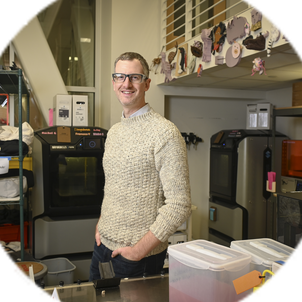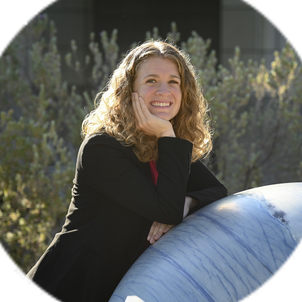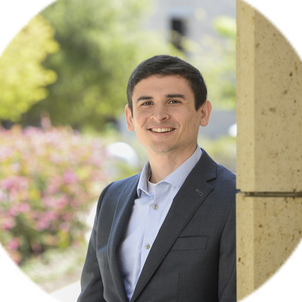I remember daycare trips to coastal parks, and for most of my childhood I fell asleep at night to a sound machine playing the sound of breaking waves. My parents are geologists who really enjoy nature, so we spent a lot of time outdoors. Most families have family portraits hanging on the walls, but we had vials of sand samples clustered along ours.
Today, as a coastal engineer, I study the mechanics of waves and flows in the nearshore, the region between the land and open ocean. I ask questions like: How do waves transform and generate currents? Where will breaking waves and currents move coastal sediments? How will these dynamics change during extreme events? This work is crucial for predicting pollutant and even plankton movement in coastal oceans, how beaches will be reshaped, and other beach hazards like rip currents.
Climate change is something I think about a lot, and hearing about sea level rise when I was in school was one of the things that drew me into this field. Rising sea levels mean that the dynamics I study are closer to people. And with the possibility of increasing frequency and intensity of storms, we need to know how beaches will react to that, and whether they will be able to build themselves back naturally or be unable to recover. In California, for example, rising sea levels can result in coastal squeeze, where beaches want to move landward and upward, but are prohibited from doing so because we have altered and hardened the landscape. This can result in beach loss and the vulnerability of roadways, railroads, neighborhoods, and other infrastructure.
I’m very excited to be putting together a new lab at Stanford, in part because of the emphasis I’ve found here on interdisciplinary work. I’m looking forward to working with students, promoting equitable admission opportunities, and fostering a lab environment that values mental health awareness and diversity.
I plan to focus not only on fundamental research on the physical processes of the nearshore, but also on exploring these issues in a broader context, perhaps with interdisciplinary projects that focus on topics like coastal ecosystems, coastal management, and public health. My current research studies coastal processes with a suite of tools, from using lidar to map waves as they break and erode the beach to 3D computer models of waves and currents to predict where material is transported along the coast. I am also building a wave tank – around 11 by 5 meters – in the Environmental Fluid Mechanics Lab that features multiple paddles at one end to create multidirectional waves and a sloped beach on the other end. I hope it will be a valuable resource not only for my research but for others at Stanford. The data we get from these types of projects will help the federal government – entities like the Army Corps of Engineers – create more accurate computer models, which in turn will help us predict the impact of waves on particular beaches, and whether adding sand or other engineered solutions to those eroding shorelines is helpful or not.
People approach this field in different ways, but I think it’s the engineer in me that loves working where the natural force of the ocean connects to where we live. Rather than be siloed in our work, I believe in bringing in people from different perspectives as we tackle problems. Our future and present issues are multifaceted, so we need to come into these issues armed with diverse expertise. The idea of doing that makes me more optimistic about the future.
Related spotlights

Dan Somen

Sonia Martin


